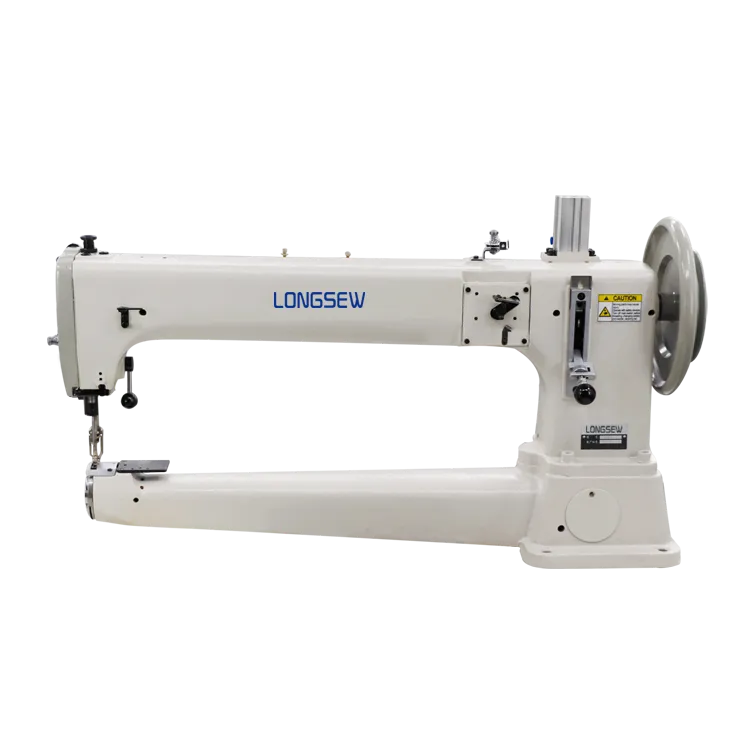how to use two needles in sewing machine
How to Use Two Needles in a Sewing Machine A Comprehensive Guide
Sewing is a versatile craft that opens up a world of creative possibilities. Whether you’re a beginner or an experienced seamstress, using a sewing machine with two needles can enhance your projects by allowing for unique stitching techniques and decorative details. This article will guide you through the process of using two needles in a sewing machine, covering setup, tips, and techniques.
What is Two-Needle Sewing?
Two-needle sewing involves using two needles threaded with different colors or types of thread simultaneously. This technique can create decorative topstitching, twin needle hems, and other effects that are not achievable with a single needle. It's particularly useful for hems on knit fabrics or when you want to add interesting details to your projects.
Equipment Needed
Before you start, ensure you have the following equipment 1. Sewing Machine Most modern sewing machines support two-needle functionality. Consult your machine’s manual to confirm. 2. Twin Needles These are specially designed needles that have two shafts with a single eye for threading. Twin needles come in various sizes and types, so choose one that suits your fabric type. 3. Extra Spool Pin This is essential for feeding thread to the second needle unless your sewing machine provides a built-in solution. 4. Thread You can use different colors of thread for a decorative effect or the same color for a more subtle look. 5. Fabric Start with a scrap of fabric for practice.
Setting Up the Machine
1. Insert the Twin Needle Remove the standard needle from your machine and replace it with the twin needle. Make sure it's securely in place and positioned correctly according to your machine’s manual.
2. Thread the Machine Thread your sewing machine as usual but add an extra spool of thread for the second needle - Place one spool on the regular spool pin. - Use an extra spool pin or a vertical spool holder for the second thread. If your machine doesn’t have an extra pin, you can use a thread holder to keep the spool upright. - Thread each needle separately through the guides and tension discs, ensuring each needle has its thread.
3. Adjust the Stitch Settings Set your machine to a straight stitch or a zigzag stitch. You may want to experiment with stitch width and length depending on your desired outcome.
Tips for Two-Needle Sewing
how to use two needles in sewing machine

- Test Your Stitches Always test on a scrap piece of the same fabric before working on your final project
. This allows you to adjust thread tension and stitch settings.- Choose the Right Fabric Try using knit fabrics, which often benefit from two-needle stitching for hems, as they allow for stretch without breaking stitches.
- Consistent Tension Ensure both threads have consistent tension to avoid issues such as snags or uneven stitches. This is crucial for achieving a professional finish.
- Avoid Thick Layers When sewing over thick seams or multiple layers, two needles may struggle. Make adjustments or choose a single needle in such instances.
Techniques to Explore
1. Decorative Hems Use two needles to create a professional-looking hem on knit fabrics. It provides stretch while maintaining a clean finish.
2. Pin Tucking Experiment with pin tucking by using lightweight fabric to create delicate, raised stitches.
3. Parallel Lines Use two needles to stitch parallel lines for decorative effects on garments and home décor items.
Conclusion
Using two needles in your sewing machine opens up a myriad of creative opportunities. With proper setup and practice, you can enhance your projects with unique stitches and finishes. Don’t hesitate to experiment with different threads and fabrics to explore the full potential of this technique. Happy sewing!
-
Boost Production Efficiency with a Pattern Sewing MachineNewsAug.29,2025
-
Industrial Excellence with the Best Heavy Duty Sewing MachineNewsAug.29,2025
-
Precision and Power with the Best Pattern Sewing MachineNewsAug.29,2025
-
Reliable Bulk Packaging Starts With the Right FIBC Sewing MachineNewsAug.29,2025
-
Advanced Packaging Solutions: Elevate Productivity with Jumbo Bag Sewing Machine and Industrial Stitching EquipmentNewsAug.29,2025
-
High-Performance Solutions for Bulk Packaging: FIBC Sewing Machine and MoreNewsAug.29,2025
-
Maximize Efficiency with an Industrial Cylinder Arm Sewing MachineNewsAug.28,2025


























